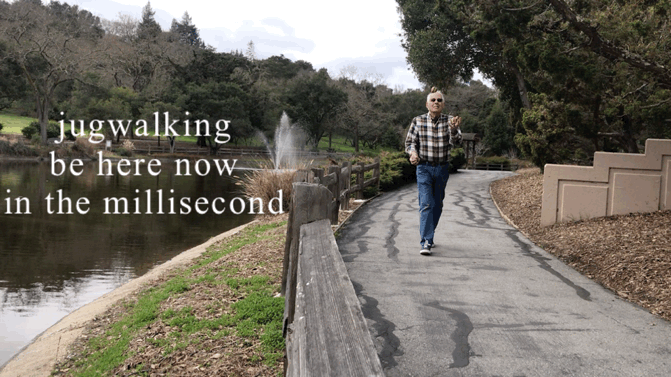First You Should Learn How To Juggle
It's easy, everyone can learn to juggle. It does take some practice, but it is much easier than learning to play an instrument, or learning a foreign language. It is also fun.
Benefits of Learning to Juggle.
- grows new grey matter and white matter brain cells
- stress relief
- focus concentration
- coordination boosting
- active meditation
- portable, carry your exercise equipment in your pocket
Your brain includes grey matter, the nerve cell bodies where processing and computation is done, and white matter, long bundles of nerve fibers that conduct electrical signals between nerve cells and your central nervous system. Separate scientific studies have shown structural growth and changes in both grey matter and white matter within 7 days as seen in MRI's of people that learn to juggle. It is interesting to note that all the experimental participants did learn to juggle within the 30 day experiments. So you can too!
TL;DR Scientific Paper proving growth of new brain cells in less than a week of juggling. Changes in Gray Matter Induced by Learning
TL;DR Scientific Paper proving growth of new white cells from juggling. Juggling Enhances Connections In The Brain
Here is a step-by-step tutorial teaching you how to juggle. Learn to Juggle (15 minute Video)
Juggling As Active Meditation
All jugglers I have ever met feel that juggling becomes a form of active meditation. It certainly forces you to concentrate and to be fully aware and fully in the present. Joe Hart explains this in this 3 minute video Intro To juggling as active meditation. Similarly see Understanding meditation | How meditation is like juggling (2 minutes)
In November of 2012 my employer Box, gave away Fitbit Zip devices to every employee. It was an enlightened and effective move, at least for me.
In the seven years since then my Fitbit Zip has logged over 34 million steps, averaging over twelve thousand steps a day. I find I average about 5 or 6 thousand steps a day in normal daily activities. That means I need to take a one hour long walk every day, or break that into multiple walks.
Jugwalking
The hour long walks in same neighborhood began to get pretty boring. I knew how to do a simple three ball cascade juggle. I wondered whether I could learn to juggle while walking. I found that it was not too difficult to master. Thus I took up jugwalking. I jugwalk for about 30 minutes almost every day now. Jugwalking provides an activity that is good fun, is good for you physically and mentally, provides focus and awareness while simultaneously bringing smiles to the faces of children and children at heart. Combining exercise, mindfullness, meditation, and spreading smiles all at once make jugwalking an enjoyable experience. You may even become known as "The Juggler" on your local nextdoor.com site.
Some tips and warnings
- Learn to juggle first. You should be able to juggle for at least one minute continuously before you try Jugwalking.
- Only try this on smooth level surfaces with no obstructions.
- Avoid hills.
- Use beanbags or balls designed for juggling.
- Balls rolling away is bad, balls bouncing away is right out.
- Storm drains eat juggling balls.
- Jugwalk at your own risk only in safe environments.
Have Fun!

Additional Resources: International Jugglers Association
